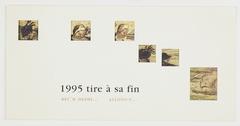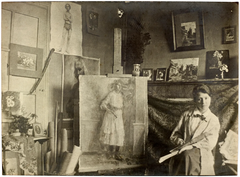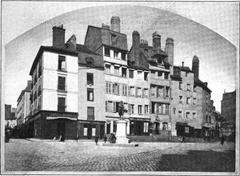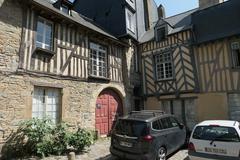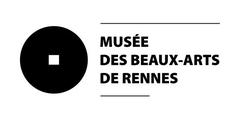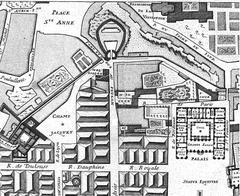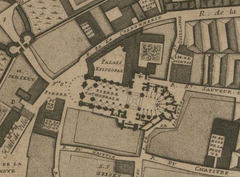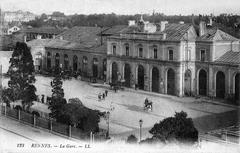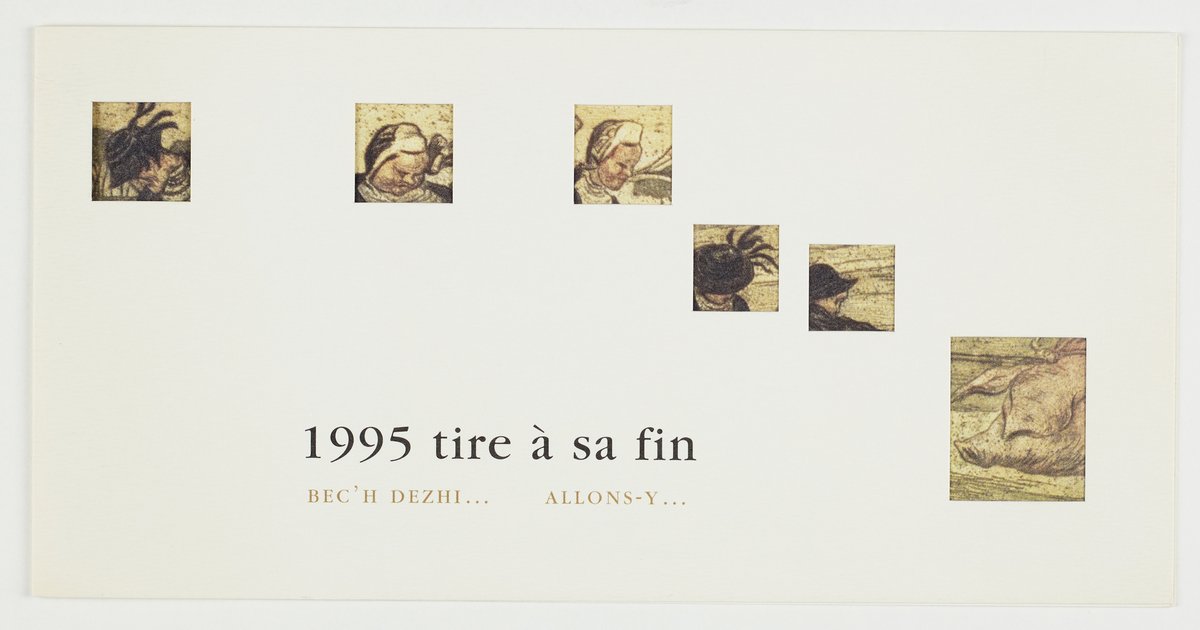
Comprehensive Guide to Visiting Musée de Bretagne, Rennes, France
Date: 24/07/2024
Introduction
Planning a trip to Rennes, France? If you’re a history enthusiast or a culture aficionado, the Musée de Bretagne should be at the top of your itinerary. Nestled in the heart of Brittany, this museum offers a comprehensive journey through the region’s rich history and heritage. From prehistoric artifacts to contemporary exhibitions, the Musée de Bretagne provides a captivating glimpse into the cultural fabric of Brittany. This guide aims to equip you with all the necessary information, including the museum’s history, visiting hours, ticket prices, exhibits, and nearby attractions, ensuring you have a fulfilling and enriching experience. (Musée de Bretagne)
Table of Contents
- Introduction
- History and Significance of Musée de Bretagne
- Collections and Exhibitions
- Practical Visitor Information
- Cultural Significance
- Notable Exhibitions
- Nearby Attractions
- FAQ
- Conclusion
History and Significance of Musée de Bretagne
Origins and Early Development
The Musée de Bretagne, or Brittany Museum, is a prominent cultural institution located in Rennes, the capital of Brittany, France. Its origins date back to the French Revolution when the first items in its collection were confiscated in 1794 from the descendants of Christophe-Paul de Robien, a notable Breton parliamentarian (Wikipedia). The museum was officially established on October 16, 1805, under the name “Musée de Rennes” (Musée de Bretagne).
Evolution and Relocation
Initially housed alongside the Museum of Fine Arts of Rennes in the Palais universitaire de Rennes, the museum’s collection grew significantly over the years. By 1960, the Musée de Bretagne had developed enough to warrant a separate administrative identity, although it continued to share the same location with the Museum of Fine Arts until 1975 (Musée de Bretagne). In 1987, plans were made to relocate the museum to a new, more spacious building. This move was completed in 2006 when the museum settled into its current location within the Champs Libres cultural center, designed by architect Christian de Portzamparc (Musée de Bretagne).
Collections and Exhibitions
The Musée de Bretagne boasts an extensive collection of over 600,000 objects and documents, including more than 400,000 photographic negatives and prints (Wikipedia). The museum’s collections are co-managed with the local ecomuseum, the Écomusée de la Bintinais, ensuring a comprehensive representation of Brittany’s cultural and historical heritage (Musée de Bretagne).
Permanent Collections
The permanent collections at the Musée de Bretagne offer a detailed journey through the history of Brittany, from prehistoric times to the present day. Notable collections include:
- Numismatic Collection - Featuring approximately 35,000 coins, medals, and tokens.
- Ethnographic Collection - Highlighting traditional Breton clothing and furniture.
- Printed Works - Comprising drawings, prints, posters, maps, plans, postcards, and photographs, many of which are based on the foundational collection of Christophe-Paul de Robien (Wikipedia).
Special Collections
One of the museum’s most significant special collections is related to the Dreyfus Affair. Following a temporary exhibition in 1973, Jeanne Lévy, the daughter of Alfred Dreyfus, made a substantial donation to the museum. This collection now includes 6,800 items, featuring a significant amount of personal correspondence and other artifacts related to the infamous trial held in Rennes in 1899 (Wikipedia).
Practical Visitor Information
Planning your visit to the Musée de Bretagne? Here’s what you need to know:
- Visiting Hours - The museum is open from Tuesday to Sunday, 10:00 AM to 7:00 PM. It is closed on Mondays and certain public holidays.
- Tickets - General admission is €6, with discounts available for students, seniors, and groups. Free admission is offered on the first Sunday of each month.
- Accessibility - The museum is fully equipped with wheelchair ramps, Braille signage, and audio guides for visitors with visual impairments. Staff are trained to assist visitors with special needs.
- Guided Tours - Available upon request, guided tours offer deeper insights into the museum’s collections and exhibitions.
- Photographic Spots - Don’t miss the chance to capture the stunning architecture of the Champs Libres and the museum’s unique exhibits.
Cultural Significance
As a leading cultural institution in Brittany, the Musée de Bretagne plays a crucial role in preserving, showcasing, and interpreting the region’s unique heritage. The museum’s mission extends beyond merely displaying artifacts; it aims to foster a deeper understanding of Brittany’s past, present, and future. This is reflected in its diverse range of exhibitions and events, which often explore contemporary issues and encourage public participation (Musée de Bretagne).
Notable Exhibitions
The museum regularly hosts temporary exhibitions that delve into various aspects of Breton culture and history. For instance, the exhibition “Mourir, quelle histoire!” explores human attitudes towards death and mortality, while “Vivre le sport” celebrates the intersection of sports and photography, coinciding with the Paris 2024 Olympics (Musée de Bretagne).
Nearby Attractions
Visitors to the Musée de Bretagne can also explore other cultural attractions in Rennes. The Champs Libres cultural center, which houses the museum, also includes the Espace des Sciences, a popular interactive science museum. Additionally, the nearby Musée des Beaux-Arts de Rennes features an extensive collection of artworks from the 14th to the 21st centuries, including pieces by Rubens, Monet, and Picasso (Lonely Planet).
FAQ
Q: What are the Musée de Bretagne’s visiting hours?
A: The museum is open from Tuesday to Sunday, 10:00 AM to 7:00 PM, and closed on Mondays.
Q: How much are the tickets?
A: General admission is €6, with discounts for students, seniors, and groups. Free admission is available on the first Sunday of each month.
Q: Is the museum accessible for visitors with disabilities?
A: Yes, the museum is fully accessible with wheelchair ramps, Braille signage, and audio guides.
Conclusion
The Musée de Bretagne stands as a vital repository of Breton history and culture. Its extensive collections, inclusive accessibility, and engaging exhibitions make it a must-visit destination for anyone interested in understanding the rich cultural tapestry of Brittany. Whether you are a history buff, an art enthusiast, or simply curious about the region, the Musée de Bretagne offers a comprehensive and enriching experience. Plan your visit today and immerse yourself in the fascinating world of Brittany. Don’t forget to download the Audiala mobile app for more updates and follow us on social media for the latest news! (Lonely Planet)
